

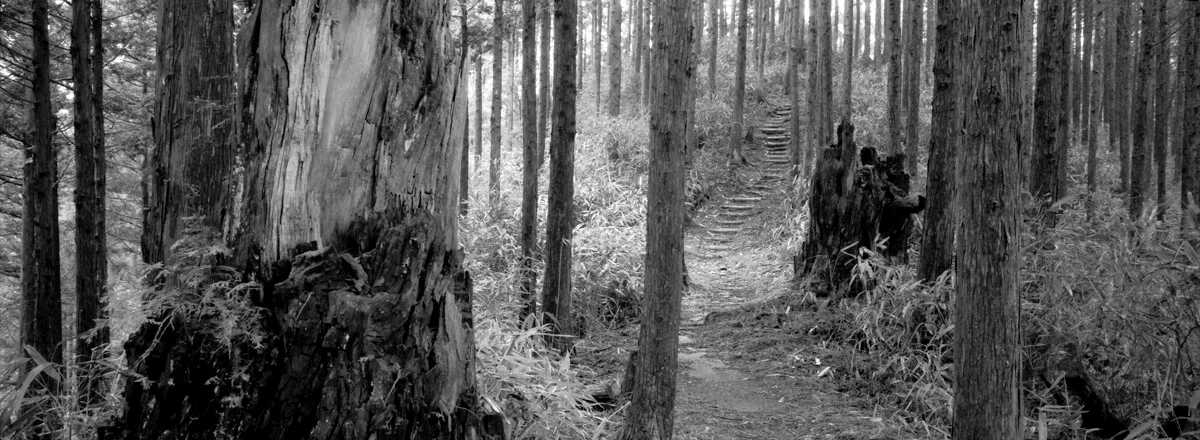

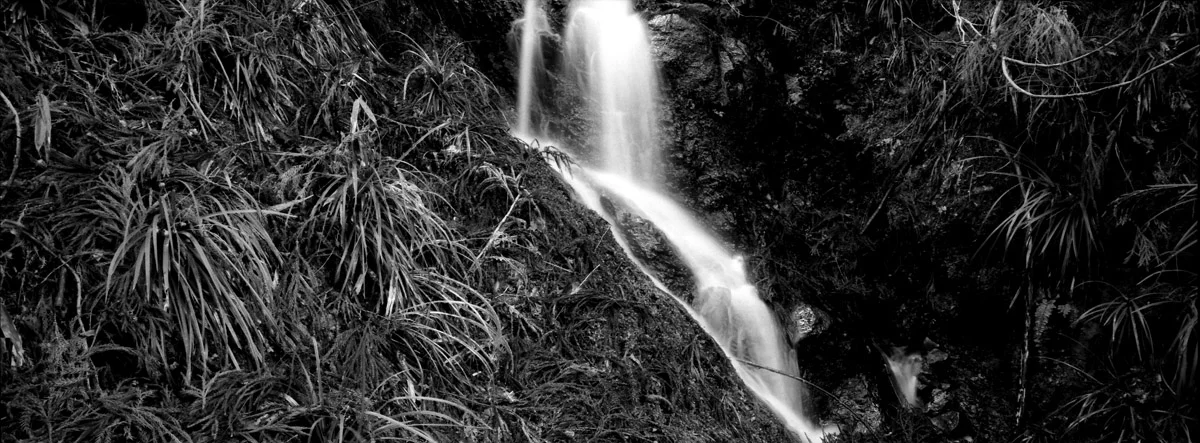
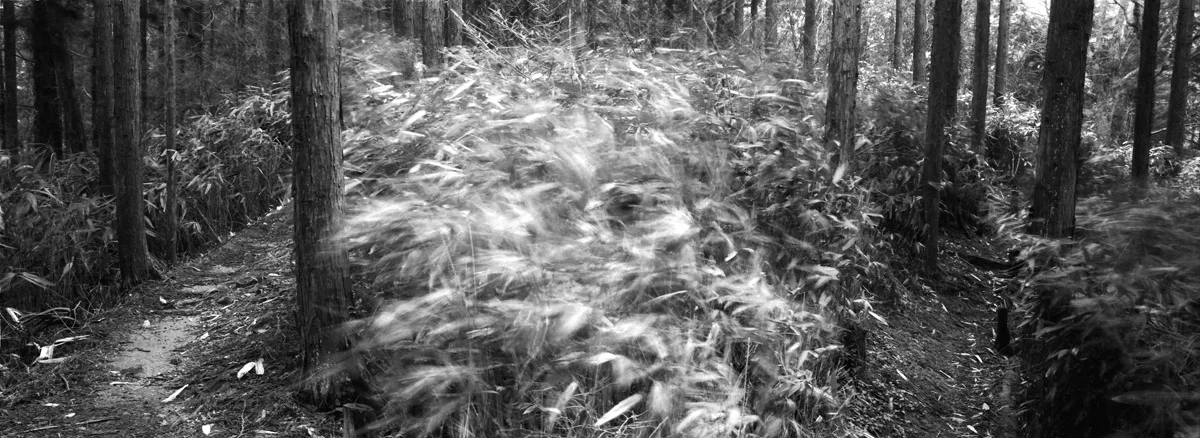




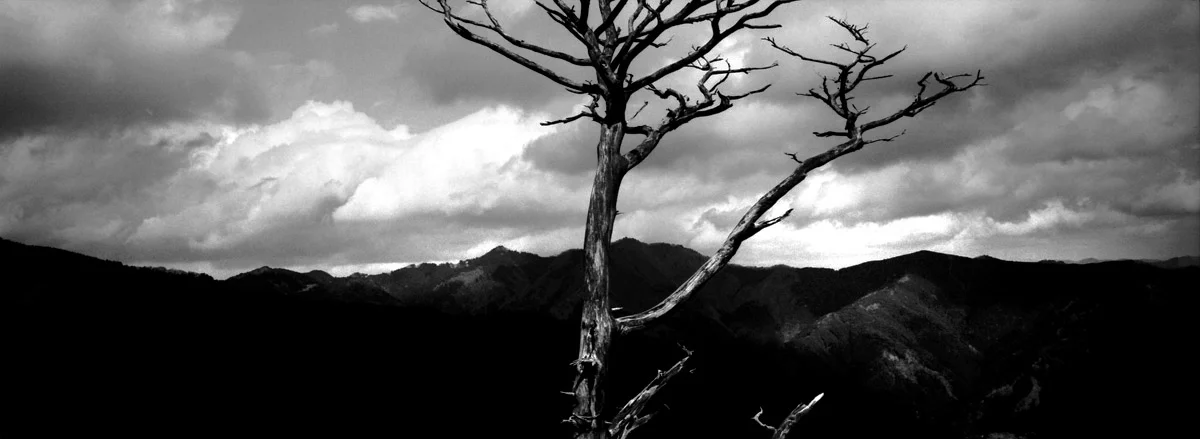
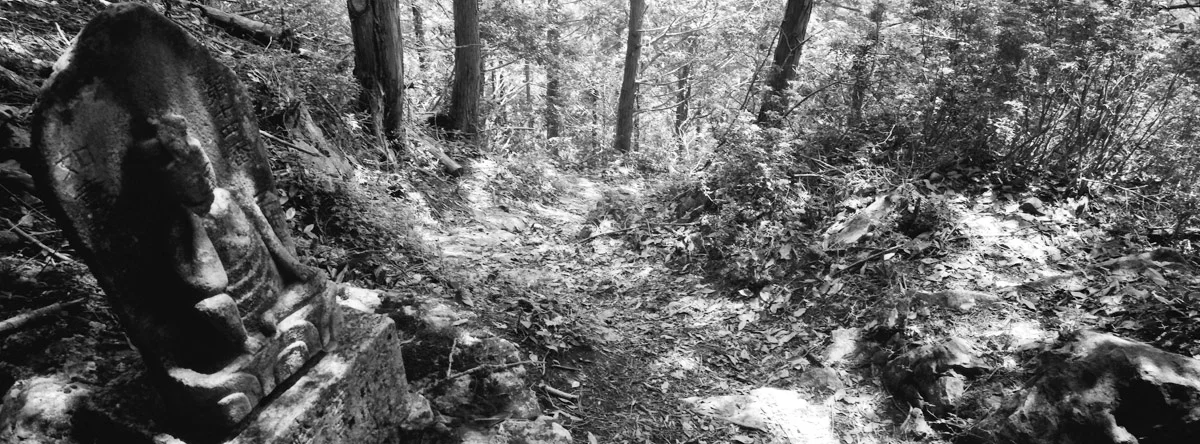

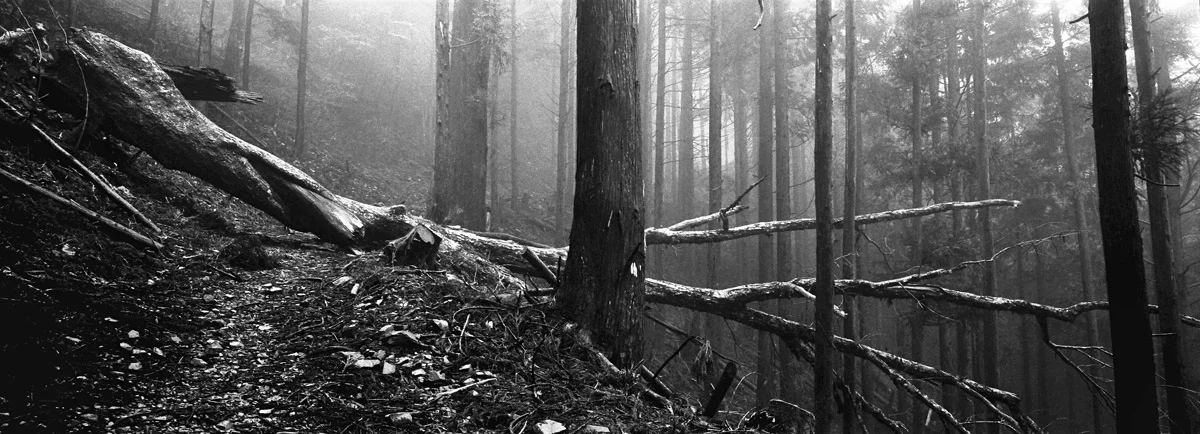
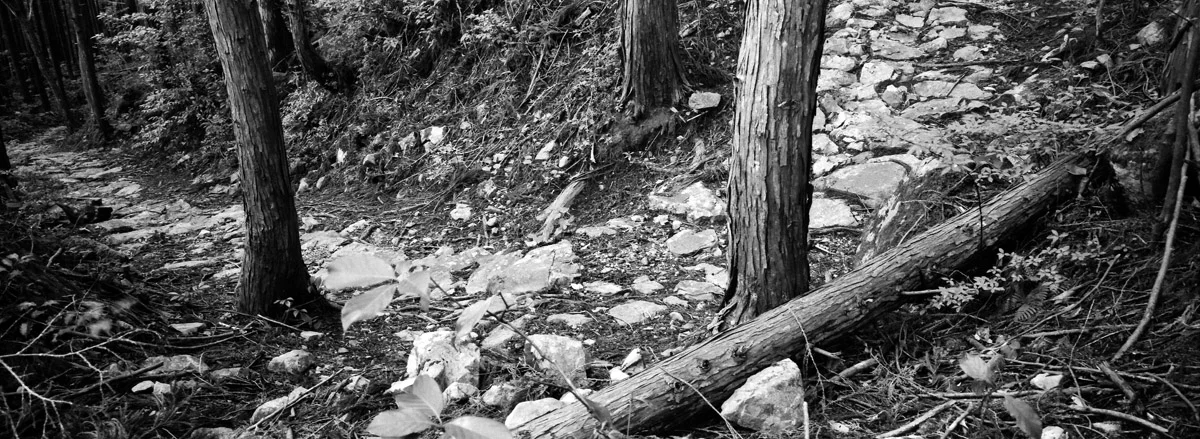
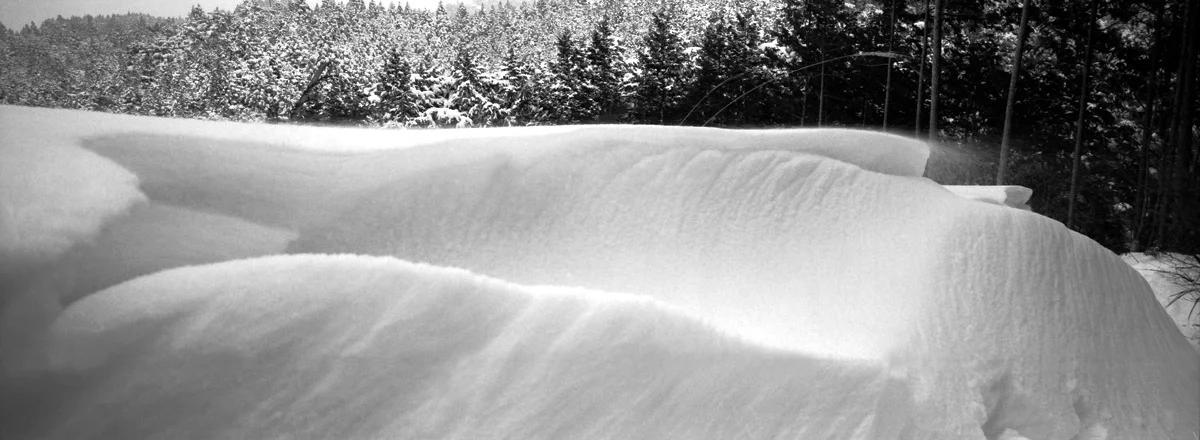
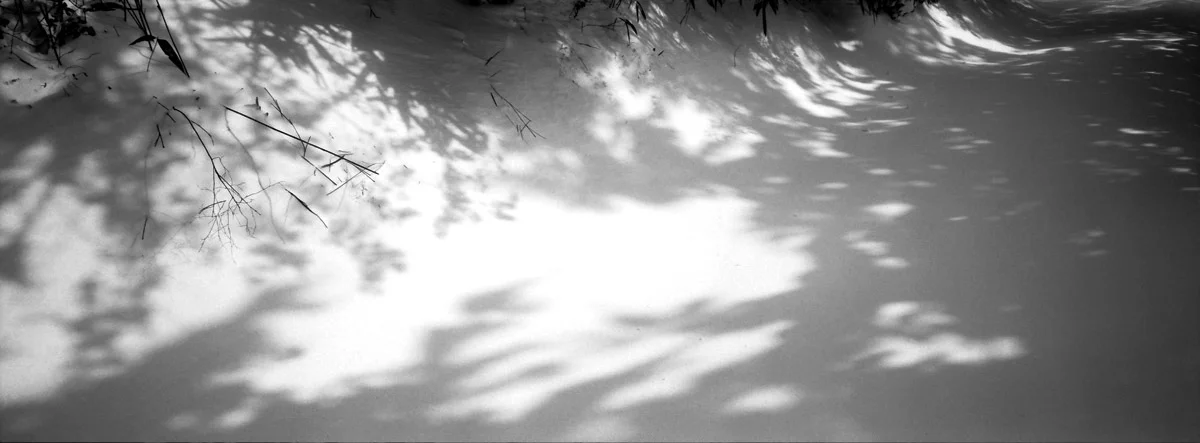

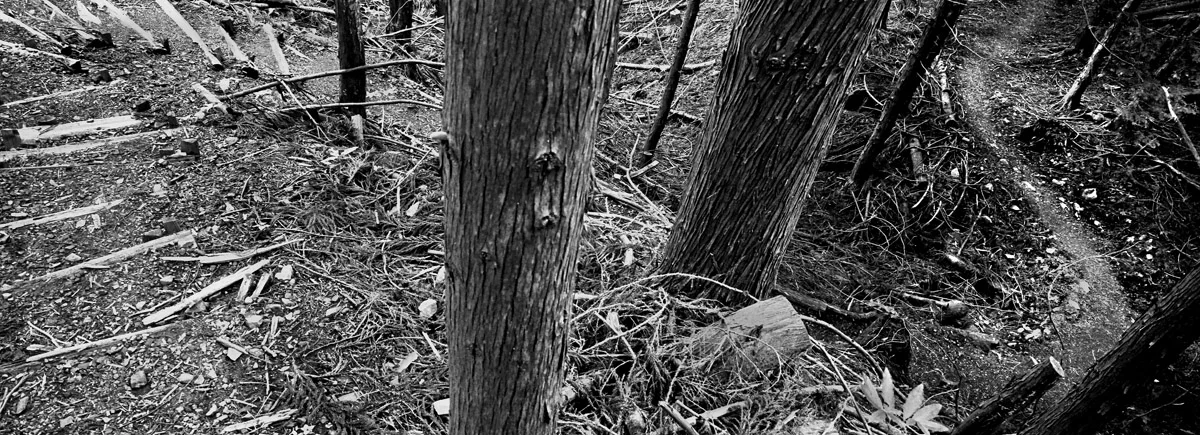

An Old Trail
Kumano Pilgrimage Trails have a handful of routes from various points to the heart of the sanctuaries of Japanese Shintoism in the Kumano area of south central mainland Japan.
One of the routes, Ko-hechi, is the shortest (about 70 kilometers) yet roughest and oldest of all trails that runs through the Kii mountain range with Mt. Koya, the sacred mountain that crowns the headquarters of the Shingon Sect of Japanese Buddhism, on one end, and Kumano-Hongu Grand Shrine on the other.
From Buddhism temple to Shintoism shrine, the two sets of values that represent Japanese life based on faith from ancient times, nameless peasants and populace who could do nothing but invoke divine protection for their everyday life, had paved Ko-hechi for over 1200 years since the opening of Mt. Koya by Koubou-Taishi, a highly learned virtuous priest.
Unlike Naka-hechi and Dai-hechi, the other two routes running through the Kii mountain range that were popular among royal family members, the aristocracy, and the literati who left works of poetry on the pilgrimage, Ko-hechi has nothing to offer in terms of making the pilgrimage a pleasure trip. Rather, it was solely for those have-nots who could not spend a fortune on luxurious accommodations and souvenirs yet wanted to embrace their faith, nonetheless deeply rooted in the local animism. Ko-hechi was simply a much less beaten path that is a little bit more than an animal trail through deep mountains.
No mountain is remarkably high in the Kii area. Yet the endless range of medium-height mountains and valleys, thick forests, wind from the Pacific Ocean with seasonal variations, and a rough environment are the essence of forming Japan’s unique animism on mountains. These elements make one realize that there must be something out of the ordinary to be gained by those who tramp through a mountain range to reach a sanctuary.
When pilgrims hike through the trail, they cannot help but feel the presence of spirits around them, in the air, trees, creeks, rocks, and soil. It confirms the notion that, after all, mankind is no more than other elements in life, such as earth, water, wind, and fire. Hopefully, this visual presentation of an old trail connecting symbols of Japan’s faith and spiritual composition would help understand the long-standing outlook on this world since the beginning of its primitive society.
いにしえみち
熊野古道と総称される複数のルートのうち、最短ながら最古にして最も険しいのが紀伊半島を南北約70キロに貫き高野山と熊野本宮大社をつなぐ小辺路(こへち)だ。
元々の道としての成り立ちは山間の住民の生活道路として大和・高野・熊野を結んでいたものが畿内と高野・熊野地方をつなぐ参詣道として利用されれたのが起源とされている。生活道路としての形成時期ははっきりしないが、小辺路のルート上にある十津川村や野迫川村の領域に関する史料は8世紀に遡るとものもあり、周辺に介在する遺跡などから平安期には開通されていたと考えられている。
日本人古来の信仰生活を象徴する仏教と神道の聖地をつなぐこの道は、高野山の開山以来1200年余かけて神仏にすがる人達の足で踏み固められてきた。熊野詣の皇族や貴人の参詣道として利用された中辺路や文人墨客の道として利用された大辺地とは異なり、物見遊山的な要素が皆無の小辺路は、華やかな熊野詣に浪費する経済力が無くとも熊野信仰に帰依したいと願う里山に暮らす庶民の生活に密着した参詣道として、また求道者には修験の道として存在意義があった。そのため紀行文のような洒脱で教養を伴う文体で残された史料が豊富とは言い難い。数少ない記述の中には「道幅一尺」「難所」「牛馬常通不申」といった表現が繰り返し見られ、困難な道であったことがわかる。
紀伊半島の中央部は際立った高山こそないものの、延々と続く山と谷に覆われている。山地が多い日本に独特の山岳信仰の成り立ちの要素を、険しいの道や鬱蒼とした木々、太平洋から吹き付ける風、刻々と変化して人体に影響を与える環境条件などから、巡礼者や修験者が歩いたであろう古の道で今もうかがい知ることができる。この道を踏破した者にしか者にしか辿り着けない何かがあるのではと思わせられる。
山深く厳しい環境の中で高みに至るために自らを律し、自然の中に八百万の精霊を感じてそれらを祀る日本民族古来の神観念に基づく宗教的態度は、ひとりの神、またはひとつの教義に帰依するという概念を超えて、ヒトもまた地、水、火、風に並ぶこの世の構成元素であるという視点を強く支えるものだ。仏教と神道の聖地をつなぐ古の道の途上を見せることがこの神観念を視覚化し、現在は希薄になりつつある日本民族に独特なこの精神世界を提案する方法ではないかと思う。